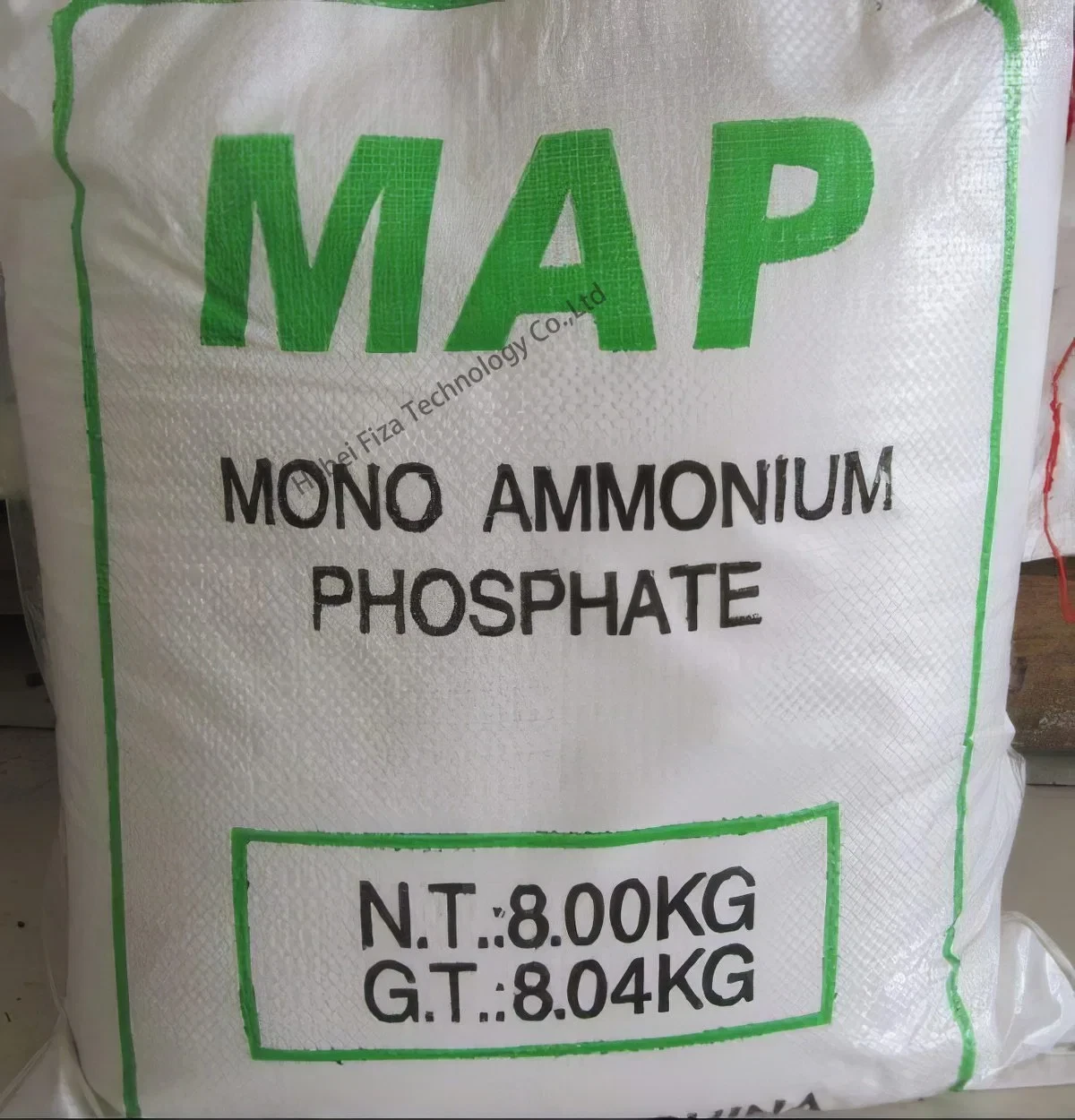



25 sodium hydroxide
Understanding 25% Sodium Hydroxide Its Properties, Applications, and Safety Measures
Sodium hydroxide (NaOH), commonly known as lye or caustic soda, is a highly corrosive chemical compound that plays a significant role in various industrial and laboratory processes. One notable concentration of this compound is 25% sodium hydroxide, which is an aqueous solution containing a quarter of its weight as NaOH. The properties and applications of this concentrated solution highlight its importance in multiple fields, from chemical manufacturing to cleaning agents, but its handling requires a cautious approach due to its caustic nature.
Chemical Properties
25% sodium hydroxide solutions are characterized by their high pH, typically around 13-14, making them strongly alkaline. This high alkalinity is due to the dissociation of sodium hydroxide into sodium (Na⁺) and hydroxide ions (OH⁻) when dissolved in water. The concentration itself signifies that 25 grams of NaOH is present in every 100 milliliters of solution. In addition, it displays hygroscopic properties, meaning it can absorb moisture from the air, which is crucial for storage considerations.
Because of its basic nature, 25% sodium hydroxide can react with a variety of substances, including acids, metals, and organic materials. For example, neutralization reactions with acids can produce heat and salts, while reactions with certain metals can produce flammable hydrogen gas. This reactivity makes sodium hydroxide useful in many applications but also necessitates precise handling and protective measures.
Applications
The industrial use of 25% sodium hydroxide is extensive. One of the primary applications is in the manufacturing of soap and detergents. In this context, sodium hydroxide acts as a key reactant in the saponification process, where fats or oils are converted into soap and glycerin. This process illustrates how sodium hydroxide can transform organic materials into valuable household products.
Aside from soap manufacturing, 25% sodium hydroxide is vital in the paper and pulp industry. It is used in the delignification process, helping to remove lignin from wood chips, which subsequently allows for the separation of cellulose fibers necessary for paper production. Additionally, in water treatment plants, sodium hydroxide is employed to adjust the pH of water, thus playing a crucial role in ensuring safe drinking water quality.
25 sodium hydroxide

In laboratories, this concentrated solution is often utilized as a strong base in titrations and as a reagent in chemical syntheses. Its ability to deprotonate compounds makes it essential in organic chemistry for preparing various products and for achieving specific reaction conditions.
Safety Measures
While the utility of 25% sodium hydroxide is vast, so are the associated risks. Due to its corrosive nature, contact with skin, eyes, or mucous membranes can lead to serious burns and injury. Therefore, proper safety protocols must be observed. This includes wearing appropriate personal protective equipment (PPE) such as gloves, goggles, and protective clothing when handling the substance.
In case of accidental exposure, immediate rinsing with copious amounts of water is essential, and medical attention should be sought. Storage of sodium hydroxide solutions should be done in well-ventilated areas, away from incompatible substances, especially strong acids and organic compounds. It's also advisable to store sodium hydroxide in appropriate containers that are resistant to corrosion and labeled clearly for safety.
In addition to physical safety, proper training and awareness about the chemical properties and potential hazards associated with 25% sodium hydroxide are critical in preventing accidents. Educational programs focusing on chemical safety can enhance understanding and risk management within industries and laboratories.
Conclusion
25% sodium hydroxide is a potent chemical with diverse applications ranging from soap production to water treatment and laboratory research. While it offers significant benefits, the associated hazards necessitate a thorough understanding of its properties, safe handling practices, and appropriate emergency protocols. As industries and research continue to evolve, the importance of sodium hydroxide remains significant, underscoring the need for its responsible and informed usage.
-
Why Sodium Persulfate Is Everywhere NowNewsJul.07,2025
-
Why Polyacrylamide Is in High DemandNewsJul.07,2025
-
Understanding Paint Chemicals and Their ApplicationsNewsJul.07,2025
-
Smart Use Of Mining ChemicalsNewsJul.07,2025
-
Practical Uses of Potassium MonopersulfateNewsJul.07,2025
-
Agrochemicals In Real FarmingNewsJul.07,2025
-
Sodium Chlorite Hot UsesNewsJul.01,2025










